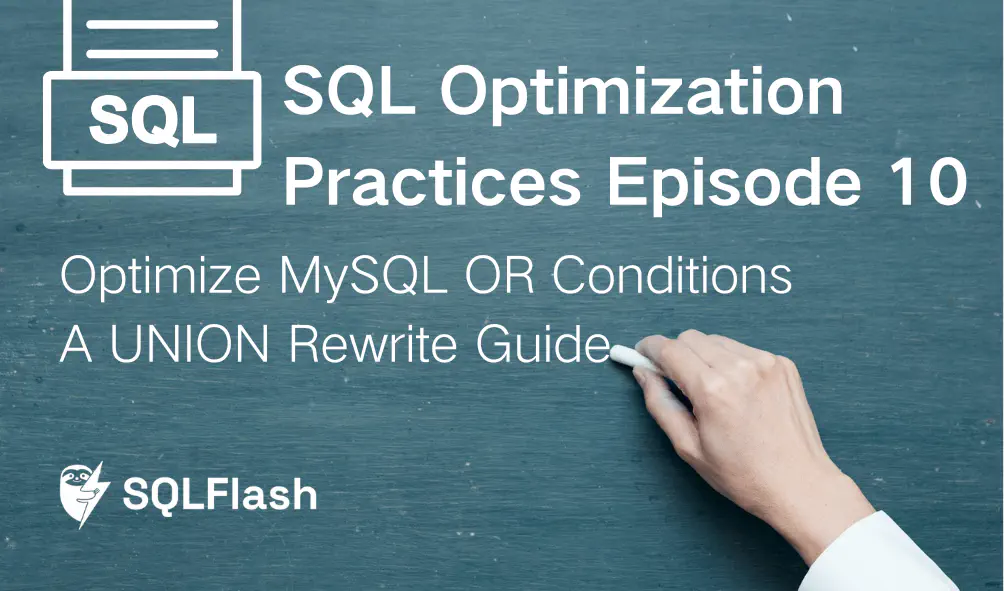
Optimize MySQL OR Conditions: A UNION Rewrite Guide
MySQL OR Condition Optimization: A Practical Guide to Performance Improvement with UNION Rewrite

MySQL OR Condition Optimization: A Practical Guide to Performance Improvement with UNION Rewrite

This article demonstrates how optimizing COUNT subqueries to IN clauses boosts MySQL performance by 99%, with detailed examples and execution plan analysis.
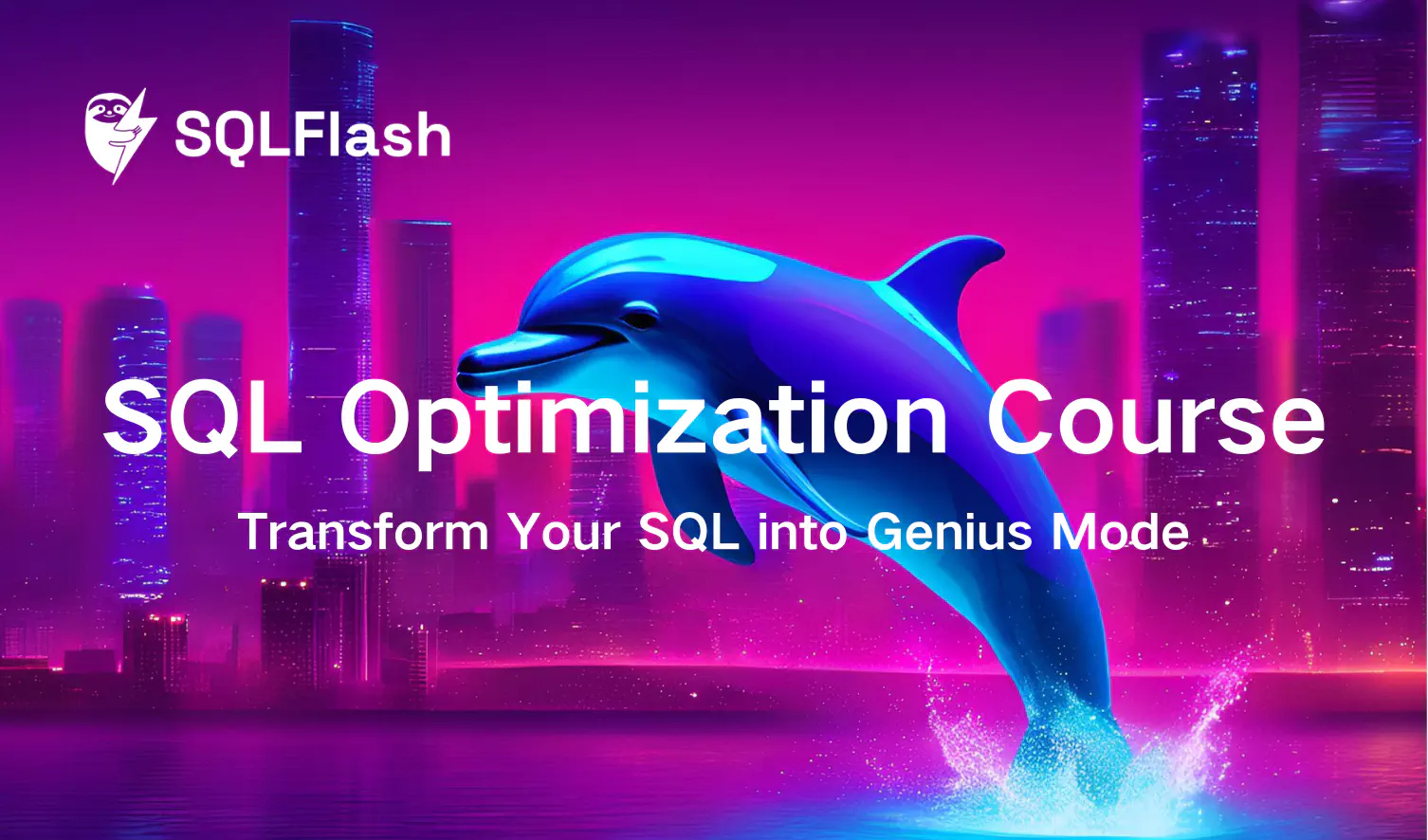
Explore MySQL hash partitioning for efficient equality queries, learn optimization techniques, and understand LINEAR HASH trade-offs.
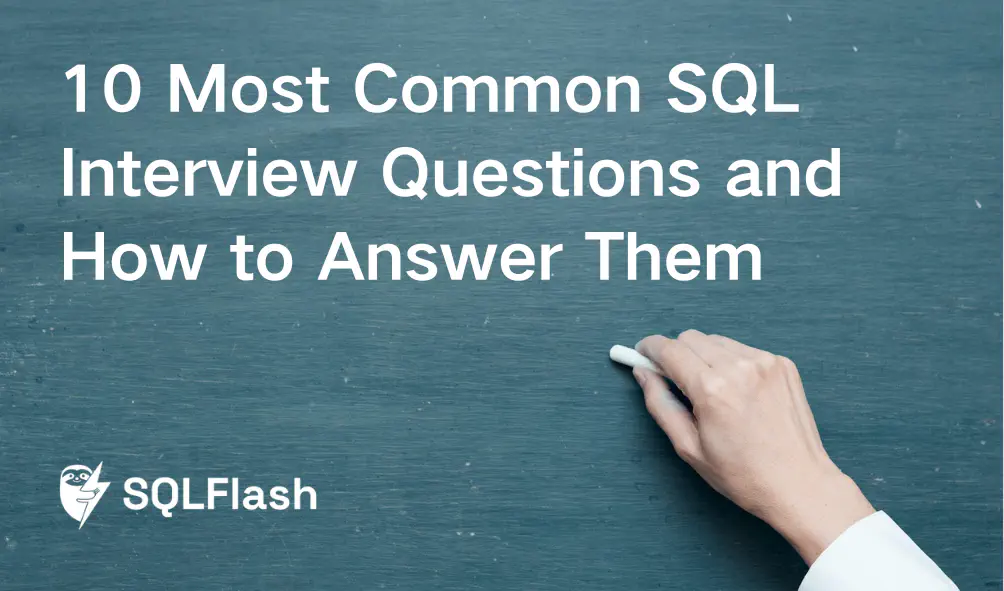
Prepare for your SQL Interview with the top 10 questions and expert answers covering joins, constraints, normalization, and query optimization.
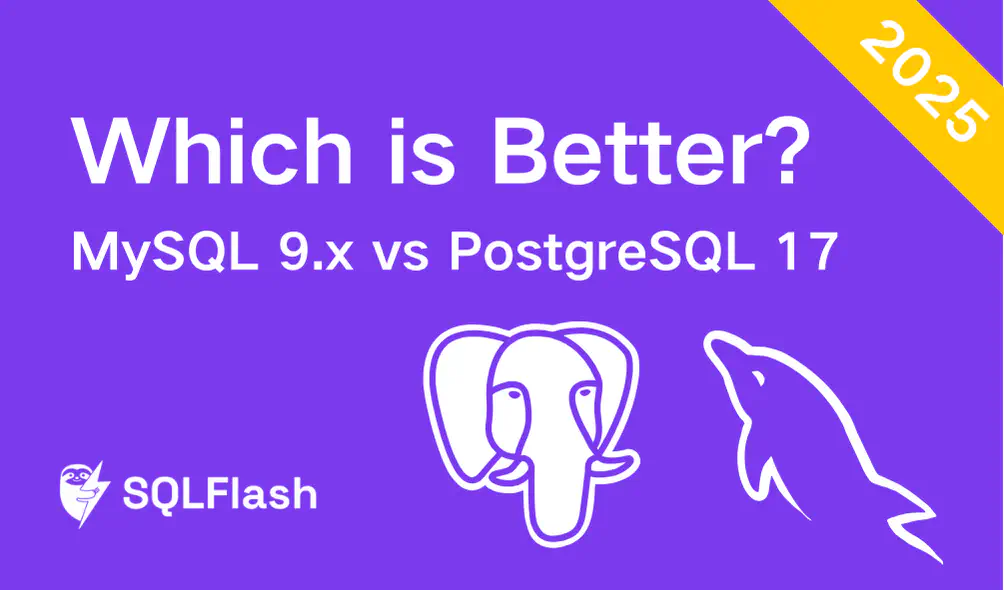
DBA-focused comparison of MySQL 9.x and PostgreSQL 17 analyzing data types, storage engines, MVCC concurrency, and extensibility for optimal database selection.

Time-based partitioning in MySQL optimizes query performance for large datasets by enabling partition pruning and automated data lifecycle management.
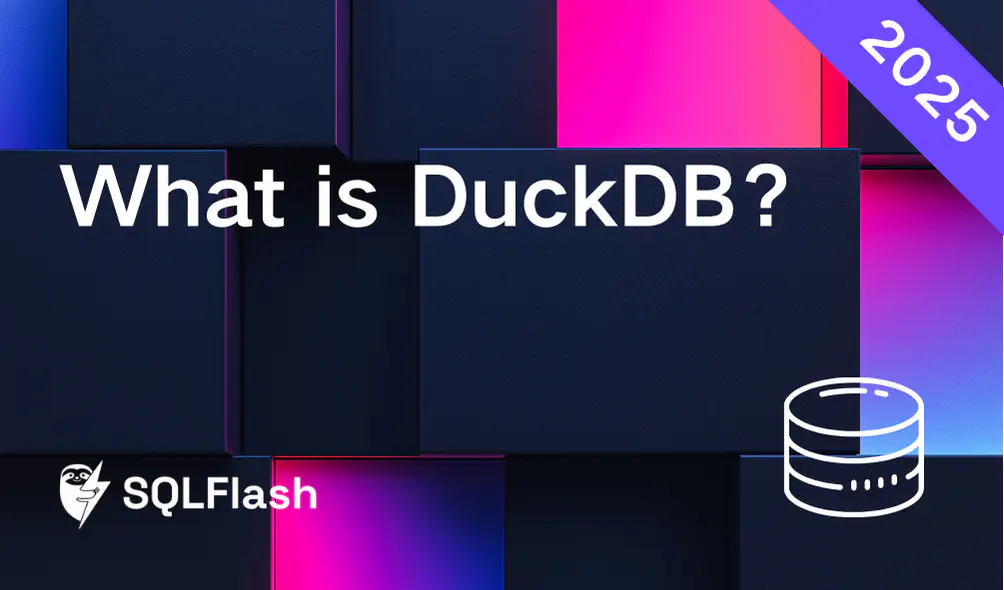
DuckDB accelerates analytical workflows through its in-process OLAP engine, offering Python/R integration and efficient data processing for DBAs and data teams.
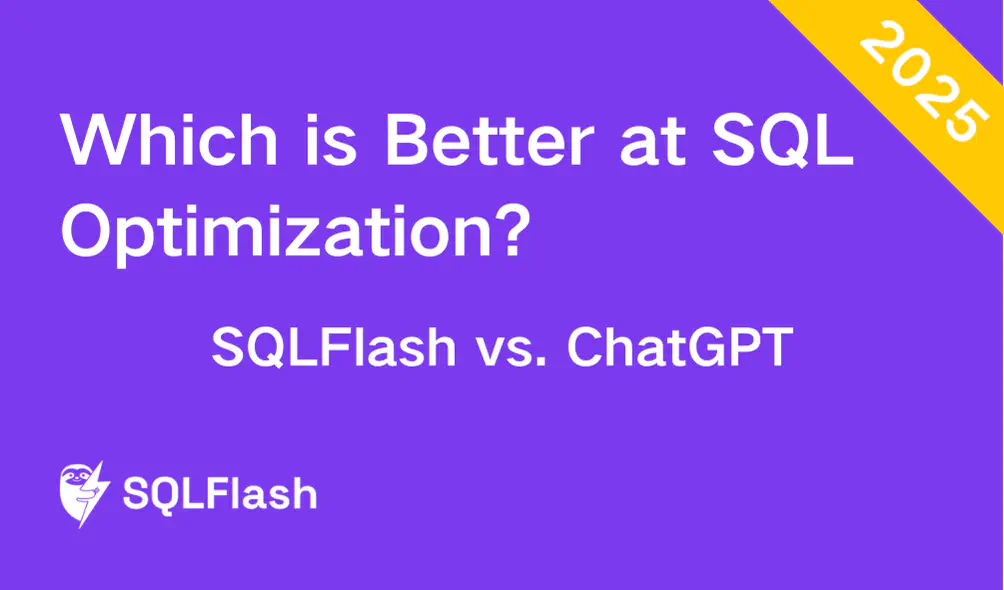
Discover how AI revolutionizes SQL optimization with automated query rewriting, intelligent indexing, and predictive performance analysis. Explore AI-powered tools like SQLFlash that reduce manual efforts by 90%, accelerate database performance, and enable proactive bottleneck resolution.

Learn advanced techniques to enhance query performance on MySQL time-based partitioned tables. Master partition pruning, SQL rewriting, and partition hints for large-scale data optimization.
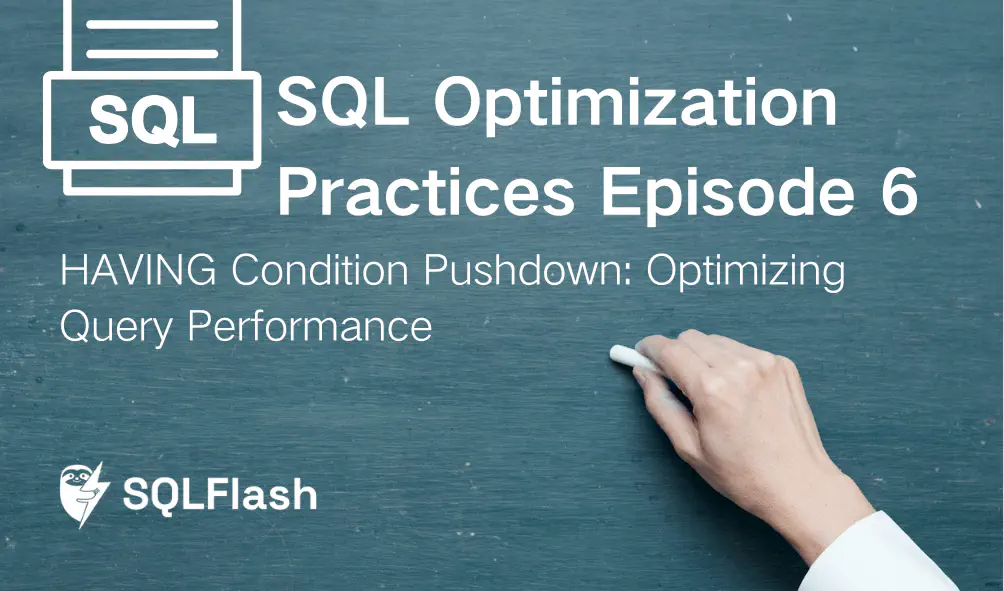
Learn how HAVING condition pushdown optimizes SQL queries by 17% faster execution and 25% reduced rows scanned through automated index utilization and execution plan analysis.